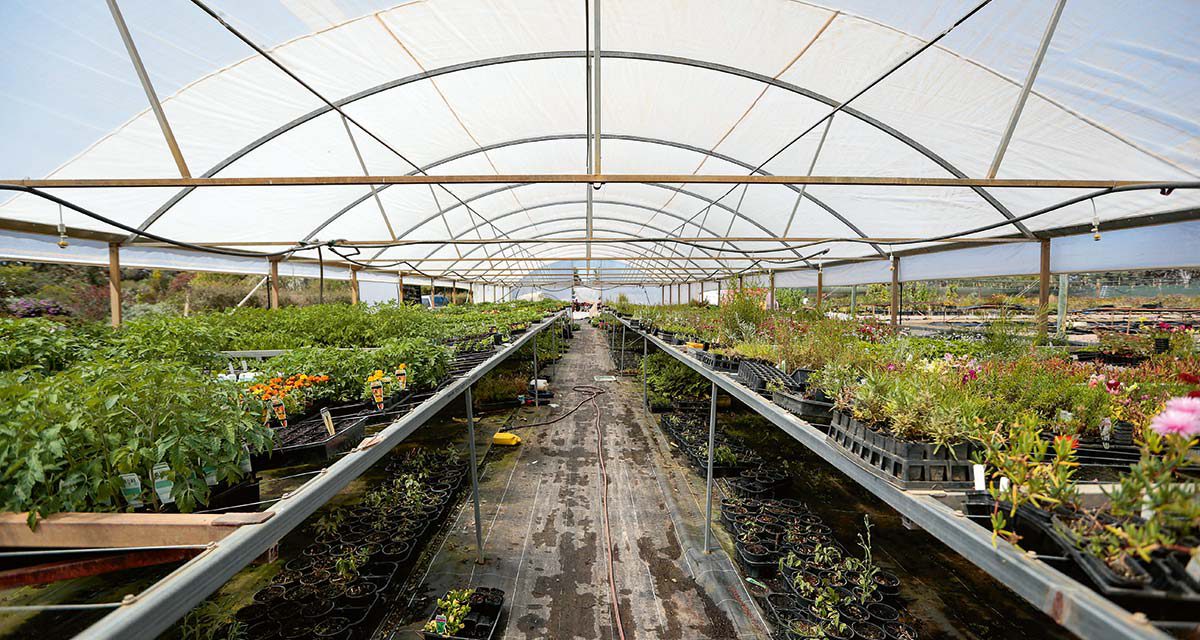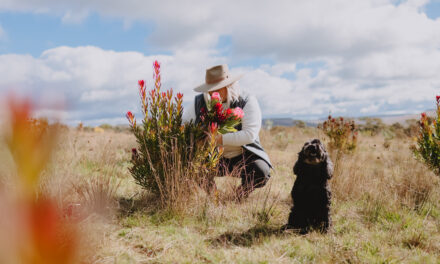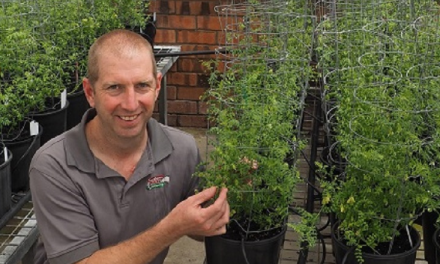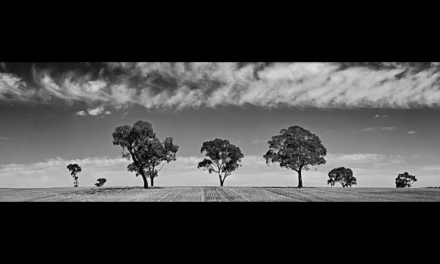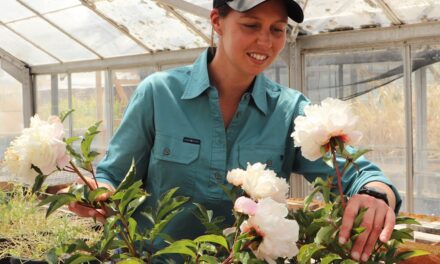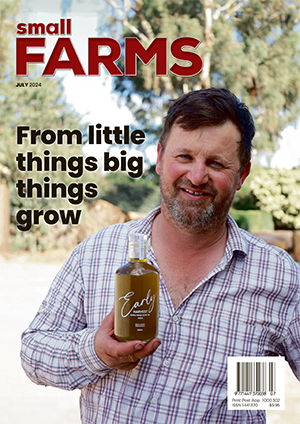Like some latter day hero of the arboreal universe, Ron Dikkenberg travels the countryside and everywhere he has been trees, shrubs, even vegetables, spring up in his wake. SOPHIE BALDWIN sat down with the man who loves what he does but admits it is still hard yakka
THEY say you never work a day in your life if you are doing something you love.
Ron Dikkenberg, however, begs to disagree.
Sure, he loves propagating and planting his trees, Johnny Appleseed pales by comparison.
But he defies anyone to describe planting more than 50,000 trees a year as anything but hard work.
Ron runs Cobrawonga Estate and Nursery at Cobram — a wholesale nursery which specialises in native plants.
He grows around 95 per cent of the stock himself — and that equates to around 100,000 vegetable seedlings and more than 300,000 native species annually.
He is, though, the first to concede that propagating is a fairly simple process.
“It’s basically matching the right plant with the right soil; add the fertiliser and then the correct volume of water,” he explained.
“If you put the wrong plant in the wrong soil it is bound to fail — fertiliser and water won’t save you.”
Ron grows his plants au naturel — no greenhouses or sheds for him — convinced doing everything in the open and exposed to all the elements makes for a much hardier plant.
Meaning he has distilled his production philosophy to its most simplistic form.
“If it doesn’t grow in full frost or full summer heat you won’t find it in this nursery,” he promised.
“Which; in its way, is a form of natural selection and survival of the fittest.”
Everything in the nursery is irrigated by a computerized, overhead watering system which has worked well for Ron over the years.
Last year he finally invested in a shade house — but only to help with the germination and growing of the vegetable seedlings he sells through his nursery and wholesales to IGA and Foodworks supermarkets.
Growing vegetables is something a bit newer for Ron and it has been presenting him with something of a challenge since he launched the new part of his business.
He is, he is happy to agree, still learning the ropes especially when it comes to getting the fertiliser rates right, but it has been a necessary diversification for his business.
“Vegetables are completely different to natives and I am still learning my way around them.”
That said; he is quite enjoying the challenge of successfully growing plants other people can’t.
Particularly the indigenous varieties.
Down through the years he has been able to pick up a few tricks and add them to his kitbag.
Such as placing seeds in the cistern of his toilet, where each flush mimics running water, while others are burnt, some just smoked — and still others must first be eaten by birds (we will leave it to your imagination where and how he collects those).
“I love to get the indigenous species out and growing in the environment,” Ron said.
“They can be a bit difficult in town gardens but they can provide a unique and unusual garden if you are willing to give them a go.
“And if you get the plantings right, the indigenous species will bring the birds in who will eat the bugs and reduce the need for sprays and that has to be so much better for the environment.”
Ron’s love of indigenous plants began back when he was still working as a dairy farmer.
He found he enjoyed planting trees on his own property so much that when he started running out of room he began doing it for others.
“I was milking 250 cows and had 100,000 trees at the same time so I decided to take up my hobby so I didn’t have to work anymore — and here I am,” he laughed.
Every winter Ron heads out and plants 50,000 trees — travelling as far south as Seymour, as far north as Urana and as far east as Albury-Wodonga.
He charges $4 a tree, which includes supply, planting, watering and guarding.
Some farmers choose to plant species native to the area while others might go with native, but not necessarily to the area.
“It’s up to the farmer what he chooses to plant, some might be after smaller denser shrubs while others might prefer mixed plantings; but nearly every farm is different,” Ron said.
He has also been involved in planting trees for the squirrel glider project at Burrumbuttock where more than 20,000 trees were planted to link up a 10 km corridor — or bush highway.
The superb parrot project at Nathalia was another project where his expertise had been called on; as it was when he became involved in supplying the wetland plants used in the regeneration of the Shepparton lake.
“I get a real sense of enjoyment out of planting trees and driving around the countryside and seeing how they have grown,” Ron said.
He gets, he said, a real buzz out of seeing a vast stand of healthy trees and can quietly say to himself: “I did that”.
In his time with trees Ron has seen many plant trends come and go during the years.
Currently blue foliaged plants were in favour for the cut flower industry and Ron has a contract to grow plants for Manuka honey in Queensland.
“Other plants, such as Grevilleas and bottle brushes, are always popular because people like the colours and shapes,” he said.
“It also helps that they are almost foolproof and so easy to grow.
“The strappy plants and native grasses were also in favour because they suit our hot and dry conditions.”
While Ron said he still gets a lot of enjoyment out of his job, there is no doubt propagation nurseries such as his are slowly becoming a bit of a rarity.
“We are a bit of a dying breed these days, but diversifying into other lines such as vegies, has certainly helped us,” he said.
“Although it has also created a lot more of that work as well,” he laughed.

